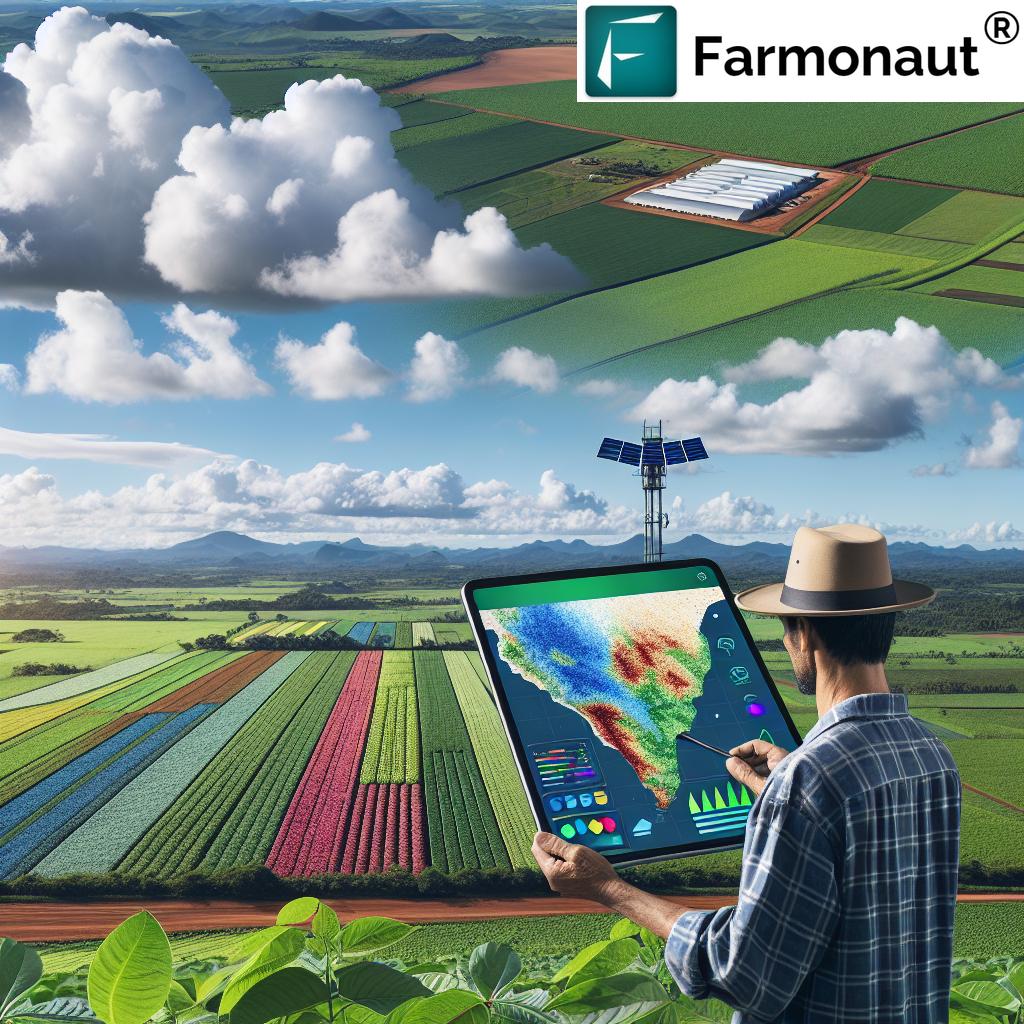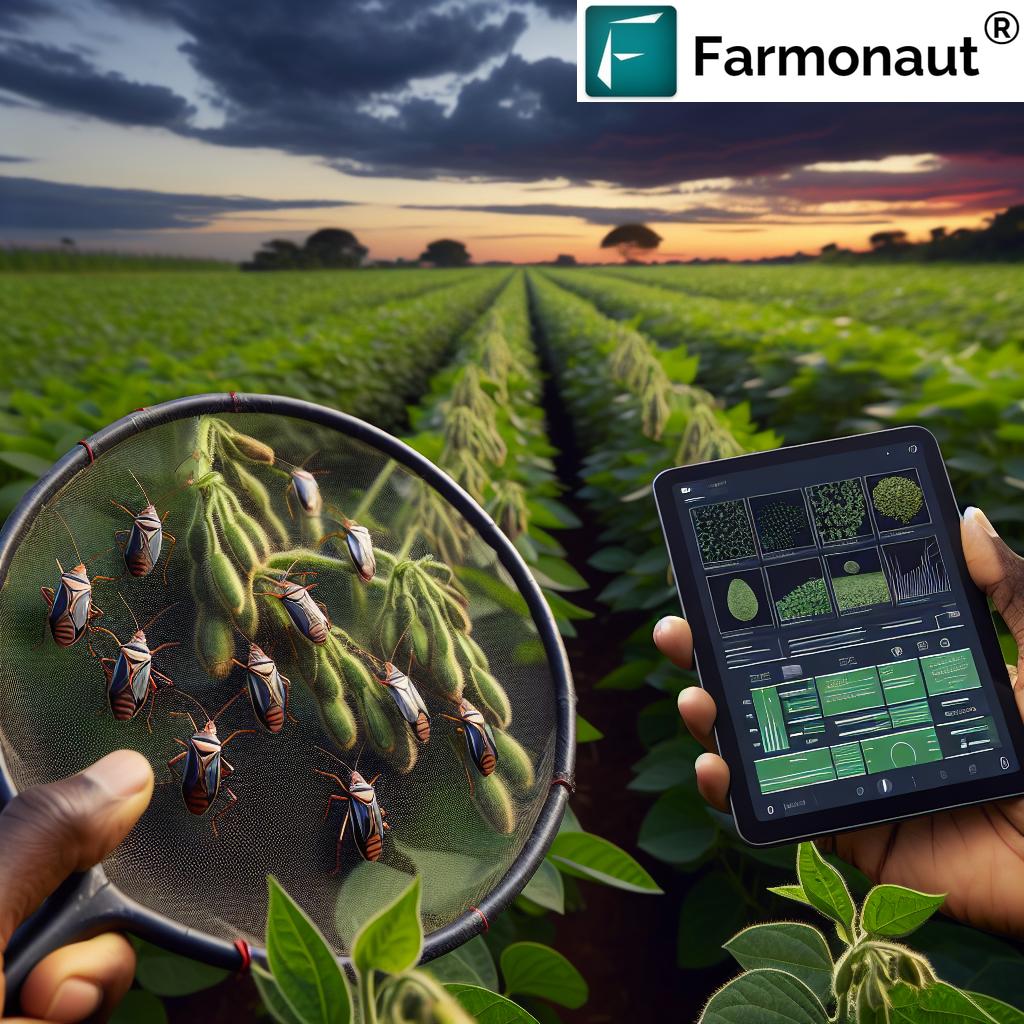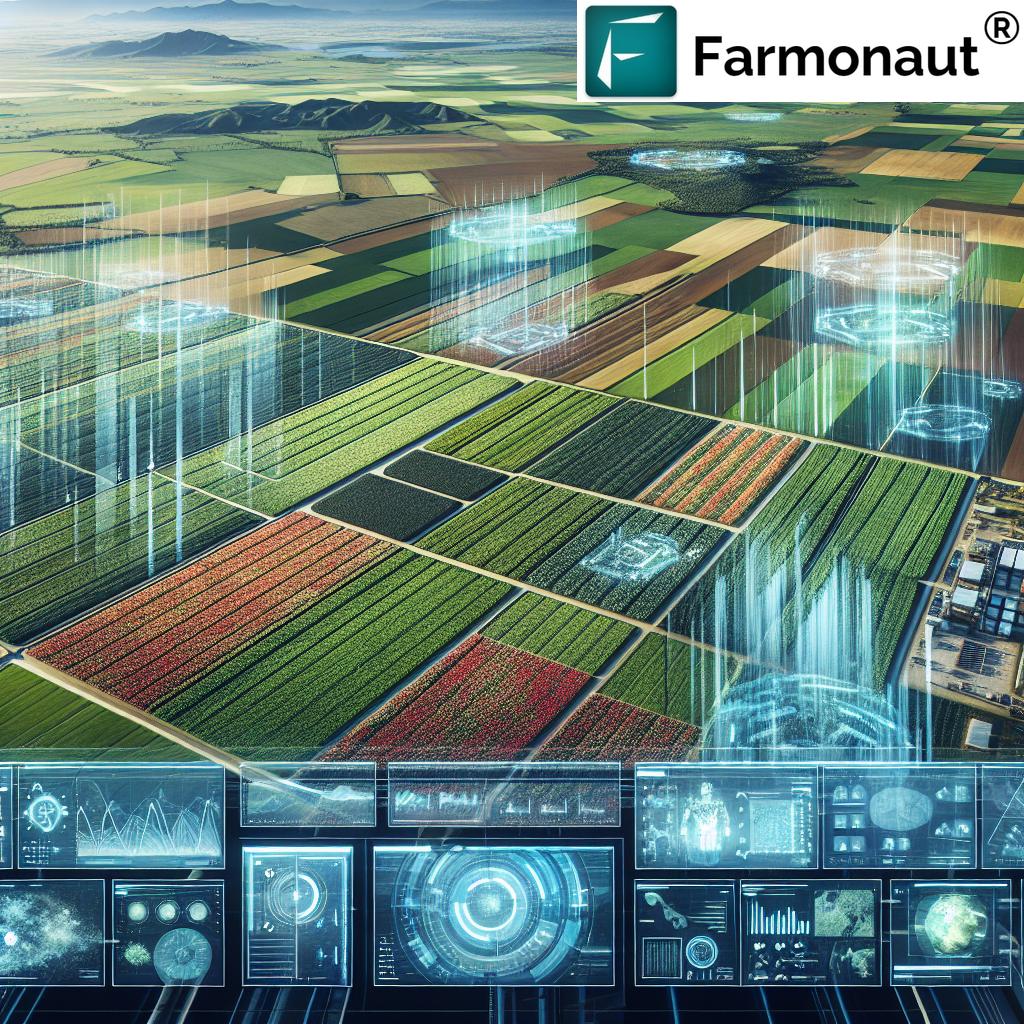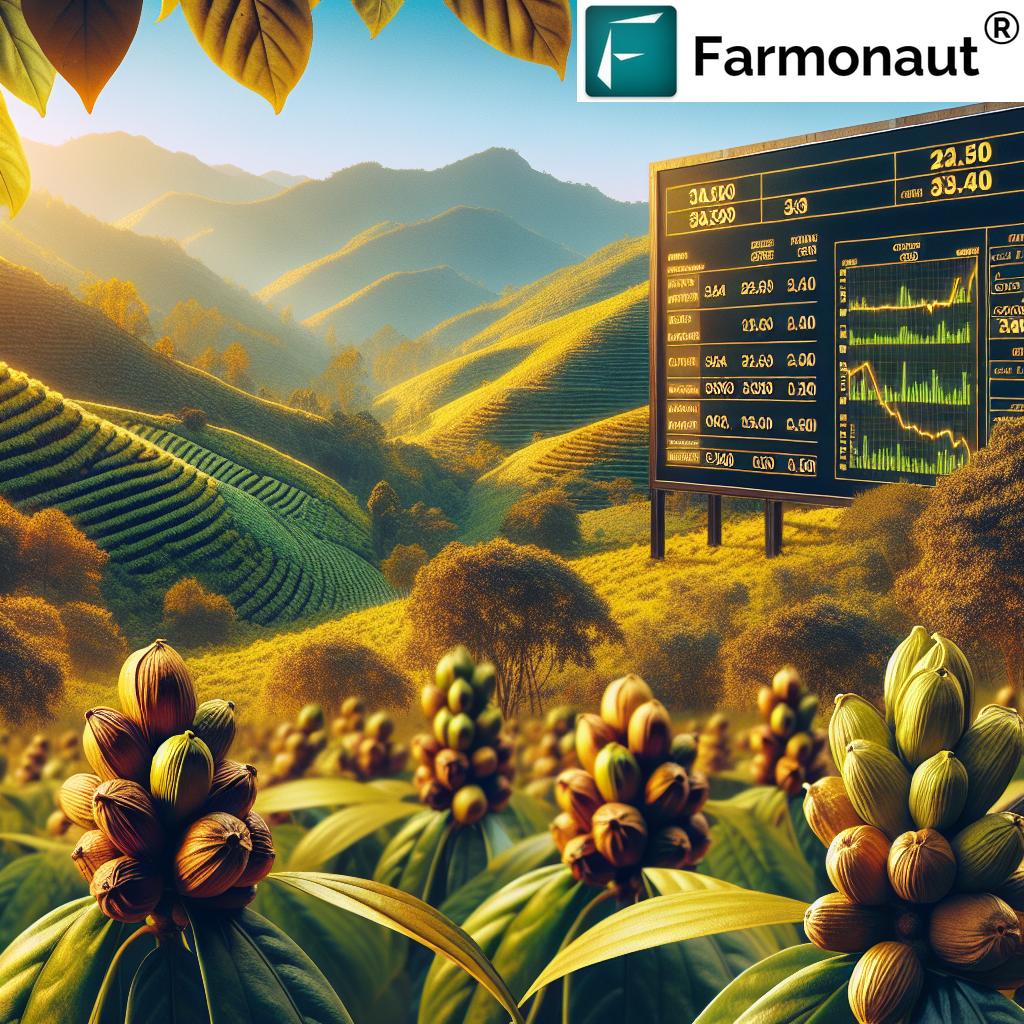Revolutionizing Wisconsin Agriculture: Farmonaut’s Smart Farming Solutions for Sustainable Crop Monitoring
Precision agriculture technology and smart farming solutions are revolutionizing the agricultural landscape. Farmonaut’s innovative crop monitoring systems and agricultural data analytics empower farmers to make informed decisions. This blog explores the latest trends in sustainable farming practices, showcasing how IoT in agriculture and farm management software are transforming traditional methods. Discover the power of soil health monitoring and precision irrigation systems in optimizing crop yields and resource management. Learn how agricultural drone applications are providing unprecedented insights into field conditions. From local farming communities to international agricultural expositions, we delve into how these technologies are being adopted worldwide. Whether you’re interested in garden innovations or large-scale agricultural operations, this article offers valuable insights into the future of farming. Explore how Farmonaut’s cutting-edge solutions are helping farmers navigate the challenges of modern agriculture and driving the industry towards a more efficient and sustainable future.






































































































































































































